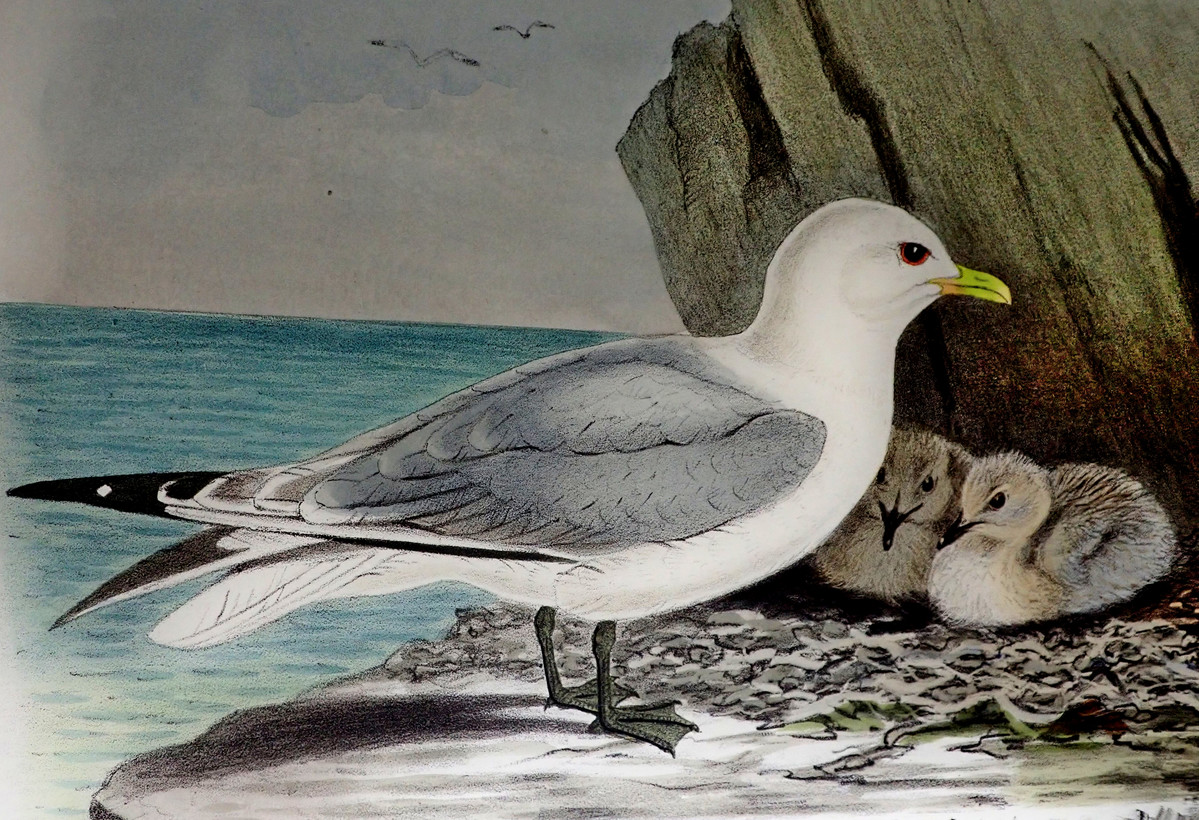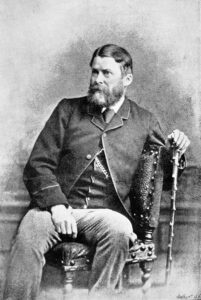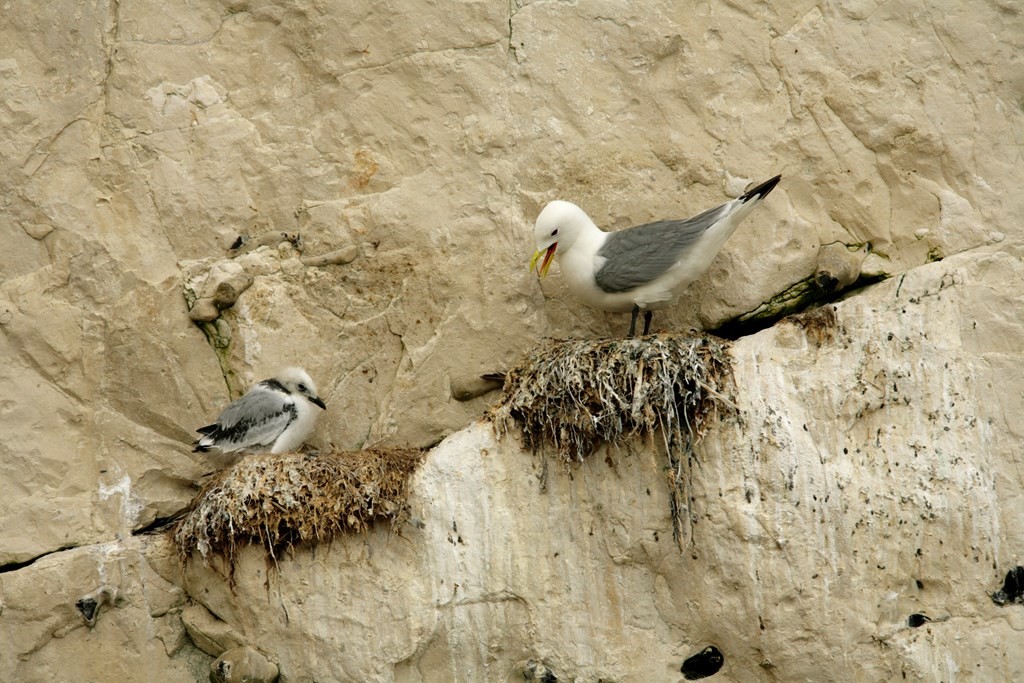Climate Conversations: The Case of the Kittiwake
This is a legacy story from an earlier version of our website. It may contain some formatting issues and broken links.
Our Climate Conversations series continues with a look at how the current climate is affecting kittiwakes.
Edward Thomas Booth notes in his catalogue from June, 1867 that kittiwakes (Rissa tridactyla) are common. They are currently the most numerous gull species in the UK; however, they are now in serious decline. Since the year 2000 black-legged kittiwake numbers have declined by more than half.
Booth’s entry about the summer kittiwake diorama discusses the Sea-Bird Preservation Act that protected the birds. In Booth’s opinion: ‘the senseless slaughter that took place round their breeding-stations every summer having been allowed to continue too long without interference.’ The Sea Bird Preservation Act of 1869 was the first in the country to protect birds. It prevented people from killing seabirds and collecting their eggs from April to August so that they could breed. The main motivation for this was not for the protection of the birds themselves, but to aid sailors who relied on healthy seabird populations to find land in foggy conditions.

Illustration of Kittiwakes, female and young, by Edward Neale from Rough Notes on birds in the British Islands by Edward Thomas Booth. Photo by Grace Brindle
As a collector of birds, Booth’s following sentence contains no sense of irony at his killing of these birds: ‘The specimens in this case were obtained at the Bass Rock in June, 1867.’ The winter kittiwake diorama contains adults in winter plumage and juveniles that were ‘shot a few miles off Brighton, in the winter of 1870.’
The black-legged kittiwakes joined the IUCN Red List of Endangered Species in 2018. Current threats to kittiwakes are associated with their prey, sand-eels and herring which are in decline, due to the effects of climate change. This impacts the prey the sand-eels feed on and the breeding season of the herring, which no longer coincides with the kittiwake breeding season. This results in lower breeding success for the kittiwakes.
Despite the downward trend of many populations of kittiwakes, the colony at Seaford Head in Sussex continues to thrive. Seaford Head to Beachy Head is designated as an area of Special Scientific Interest and Seaford Head Nature Reserve is part managed by Sussex Wildlife Trust and the National Trust. There are over 1000 nests in the kittiwake colony. No one knows exactly why they are doing better than other colonies around the UK. A possible explanation is that prey species are also faring better in the South East. However, this may change as sea temperatures are expected to rise faster along the south coast bringing more unpredictable changes for the kittiwakes and their associated marine ecosystem.
Discover More
Read more from our Climate Conversations series
Kerrie Curzon, Collections Assistant

